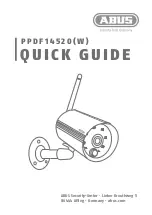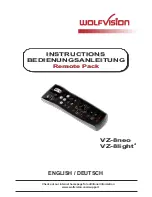
176
10
Appendix
Glossary of terms
A
(Aperture Priority) Mode
You set the aperture yourself and the camera automatically varies the shutter speed
so that the picture is taken with the best exposure.
AE (Automatic Exposure)
The camera automatically sets the exposure. The 3 AE modes available on this
camera are
P
mode, in which the camera selects both the aperture and shutter
speed,
A
mode, in which the user selects the aperture and the camera sets the
shutter speed, and
S
mode, in which the user selects the shutter speed and the
camera sets the aperture. In
M
mode, the user selects both the aperture and the
shutter speed.
Aperture
The adjustable lens opening which controls the amount of light that enters the
camera. The larger the aperture, the shorter the depth of field and the fuzzier the
background. The smaller the aperture, the greater the depth of field and the sharper
the background. Larger aperture values indicate smaller apertures, and smaller
aperture values indicate larger apertures.
CCD (Charge-Coupled Device)
This converts light passing through the lens into electrical signals. On this camera,
light is picked up and converted into RGB signals to build a single image.
Contrast Detection Method
This is used to measure the distance to the subject. The camera determines if the
image is focused by the level of contrast in the subject.
Conventional Photograph
This refers to recording images using silver halide (the method for recording images
in conventional, non-digital photography). This system is in contrast to still video and
digital photography.
DCF (Design Rule for Camera File System)
A standard for image files by the Japan Electronics and Information Technology
Industries Association (JEITA).
Depth of Field
The subject itself as well as some area to the front and rear of the subject are
focused. The entire depth of this focused area, from the front to the rear of the
subject, is called “depth of field”.
DPOF (Digital Print Order Format)
This is for saving desired print settings on digital cameras. By entering which images
to print and the number of copies of each, the user can easily have the desired
images printed by a printer or print lab that supports the DPOF format.
d4250_e_00_0_bookfile.book Page 176 Friday, December 24, 2004 11:45 AM
















































